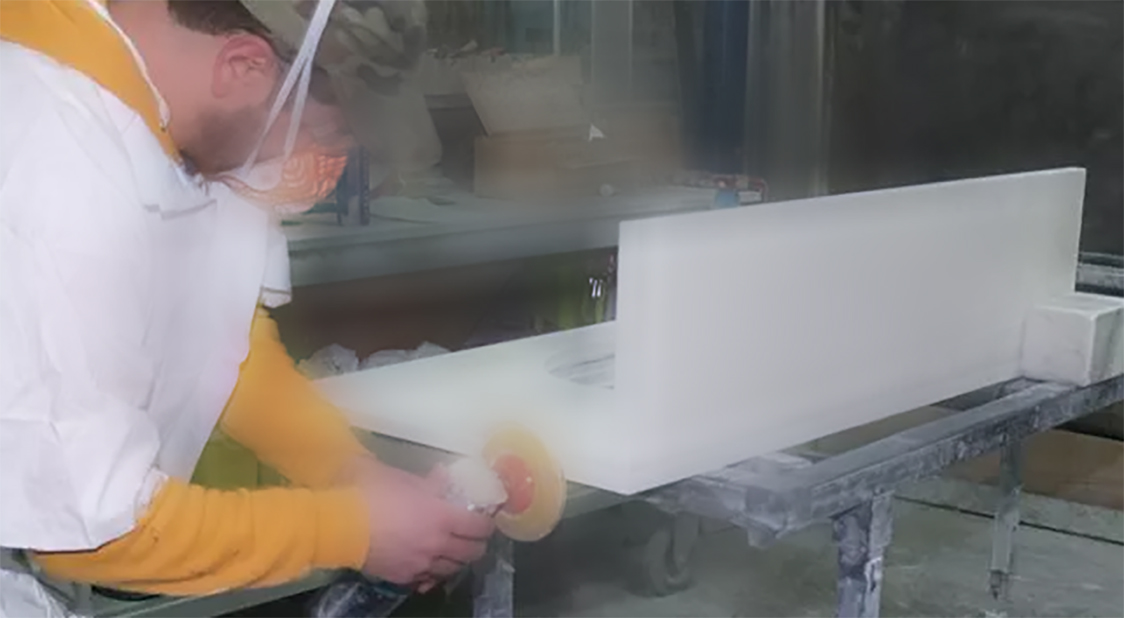Australia moves a step closer to restricting the use of quartz
Restricting the importation and use of engineered quartz might have come a step closer in Australia.
On 28 February the work health & safety ministers of all states and territories unanimously agreed with a proposal by Federal Workplace Minister Tony Burke to ask Safe Work Australia (Australia’s equivalent of the Health & Safety Executive) to prepare a plan to ban the products.
The decision follows a warning by the powerful Construction, Forestry, Maritime, Mining & Energy Union (CFMEU) in November (read the report on that here) that its members would stop fabricating quartz if the government did not ban it by 1 July 2024.
In Victoria, one of Australia’s states, companies already have to be licensed to fabricate engineered quartz. The law requiring licensing was introduced last year. Companies have to prove compliance with safety measures in order to obtain a licence and are required to provide information to job applicants about the health risks associated with exposure to respirable crystalline silica (RCS). They have to ensure employees are given personal protective equipment (PPE) and training to control risks of exposure to the dust.
Cosentino, the maker of market-leading Silestone quartz, has said in a statement that it believes the regulations in Victoria strike the right balance between improving worker safety, protecting the jobs of 4,500 stonemasons (as well as jobs in the wider construction and home building sector), and still providing consumers with high-quality, sustainable products for their homes and / or businesses.
On 28 February Tony Burke expressed the hope that regulations could be drafted by the end of this year restricting or banning the use of engineered quartz in every state.
He is reported by 7News (and others) in Australia as saying: “If a children’s toy was harming or killing kids we’d take it off the shelves – how many thousands of workers have to die before we do something about silica products? We can’t keep delaying this. It’s time we considered a ban. I’m not willing to wait around the way people did with asbestos.”
However, Safe Work Australia is taking a more nuanced approach, suggesting that there could be a cut-off level for crystalline silica in products and that a ban might relate to dry cutting rather than the material itself.
The manufacturers of engineered quartz have become victims of their own marketing when it comes to silica. They used to like to emphasise the high levels of natural quartz in their products, often claiming they are 95% (or something similar) natural quartz (which is crystalline silica).
It is a bit misleading because that is when components are measured by weight, and quartz is a lot heavier than the resin that binds it together in a quartz worktop. By volume, quartz is often 50% or less of the product.
A cynic might suggest that by simply changing the way the proportion of quartz in the product is presented, engineered quartz could avoid any ban based on the proportion of crystalline silica in a product.
Cosentino has gone a step further by replacing some of the quartz in its Silestone HybriQ+ with glass, which is a different form of silica not known to cause silicosis. Cosentino now prefers to call its reformulated Silestone a ‘hybrid mineral surface’ rather than quartz.
In a statement about the crystalline silica content of its Silestone with HybriQ technology, Cosentino says it contains less than 40% crystalline silica. UK Director Paul Gidley says that is measured by weight.
It is not only silicosis that can result from the inhalation of dust when fabricating worktops. There are various lung conditions that have been associated with the work and there has been some suggestion that the resin in engineered quartz slabs contributes to the danger of inhaling dust as a result of cutting and polishing them, which might explain why those fabricating it seem to be particularly vulnerable and why silicosis seems to develop rapidly in them.
A report by Safe Work Australia is to be presented to the ministers. It is expected to recommend three actions: an education and awareness campaign; better regulation of silica dust across all industries; further analysis and scoping of a ban on the use of engineered stone.
Safe Work will present a report on the potential ban within six months and will draft regulations by the end of the year.
The ministers will meet again later in the year to review progress.

